DUE: 36+ portraits of your subject(s) brought to next class.
OBJECTIVE. To practice the "rule of thirds," and to record the expression and nuance in the subject’s face that give an indication of an internal personal 'truth'. Think of it as trying to capture, in a still image, the 'essence' of your subject. Webster's defines 'essence' as "the basic, real, and invariable nature of a thing or its significant individual feature or features."
DIRECTIONS
Make 36 photographs (minimum) of one person with CHIAROSCURO lighting. If you choose two people, take 18 photos of each. Either way, one of your people needs to be over 21.
Ideally, you will schedule a couple different times to photograph your subject, as this will possibly allow for different moods, energy levels, etc. Engage your subject in conversation as you take the pictures. Talk to your subject about his/her life. Ask about a favorite vacation, best friend, most embarrassing moment, special event, proudest moment, greatest accomplishment, a moment of surprise, grief, etc. Be respectful of your subject's sensitivity, and that perhaps he/she may not want to share certain details. It is your responsibility to make your subject feel at ease. Share some of your own information to start the process.
CHIAROSCURO
chiaroscuro is the use of strong contrasts between light and dark, usually bold contrasts affecting a whole composition.
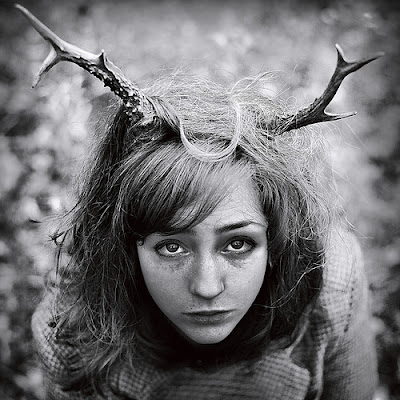
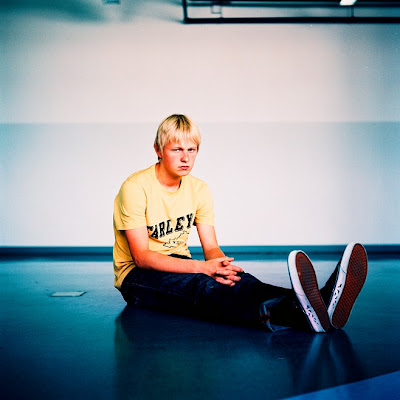
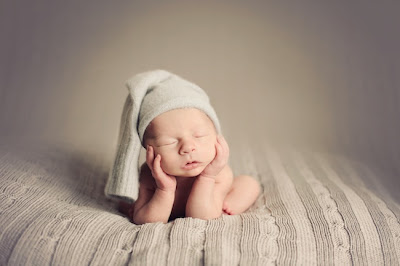
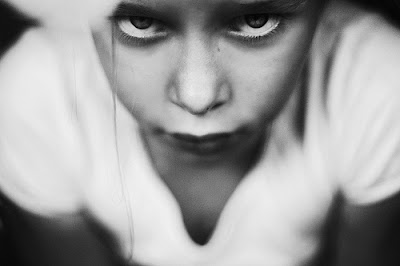
“It is one thing to photograph people. It is another to make others care about them by revealing the core of their humanness.”
-Paul Strand
“There is no landscape more fantastic than that of the human face.”
-Klaus Kinski (1926-1991
"I have a strong love for people and the stories that their faces can reveal to an audience. For me, nothing is more gratifying than to do a sitting with someone and capture a moment in my subject's life that enables the viewer to think, to feel and to ask what may have been going on at that very moment in the subject's head. My portraits are not taken by my cameras, but rather by my eyes, my heart, my soul and my gut. It's a feeling, it's not technical or mechanical, but a deep, true feeling that emerges from deep inside me and is given to me from deep within my subject, a moment, a millisecond - 'snap!' - and it's there, and I know when I have it, as it's an energy that has been passed between the sitter and myself."
- Sandro (Chicago-based photographer)
Sanrdro's site (CLICK HERE).
THE RULE OF THIRDS
The RULE OF THIRDS explained in detail HERE.
STUDENT PHOTOGRAPHS FROM PAST YEARS
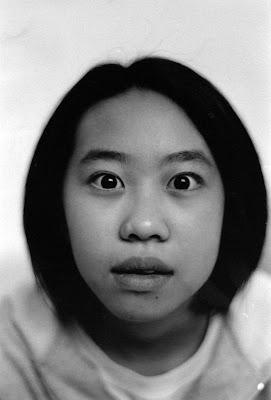
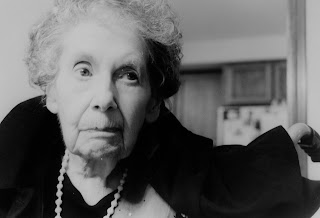

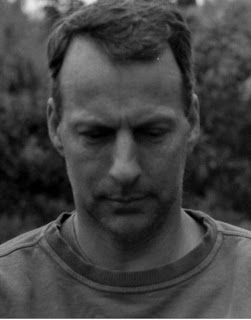
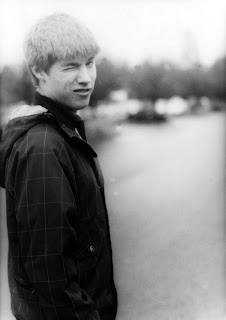
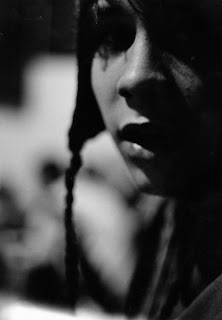

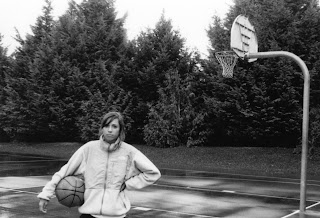
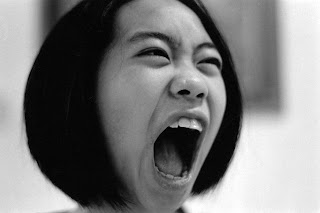
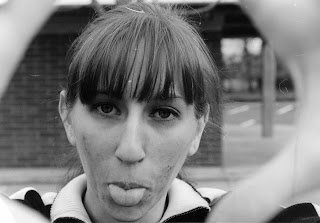
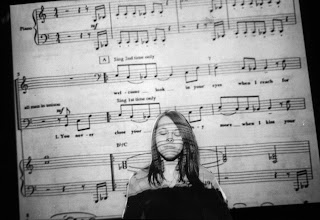
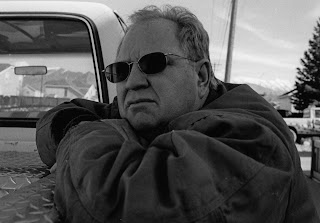
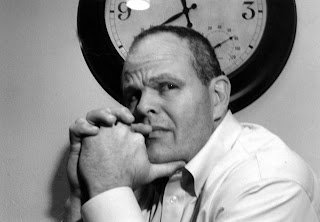
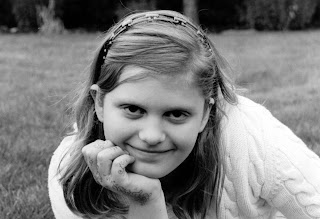
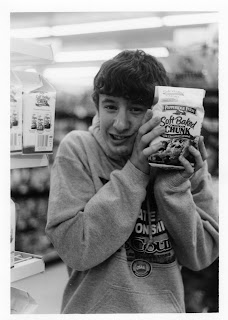
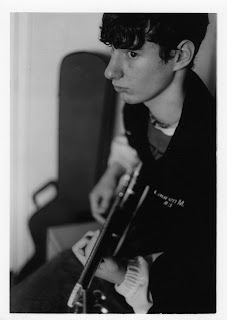
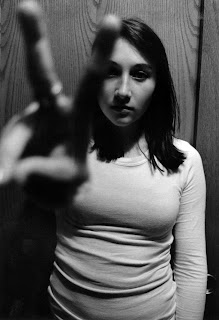
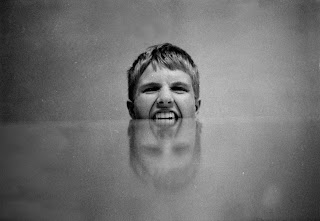
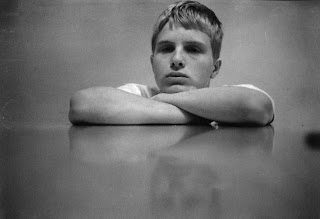
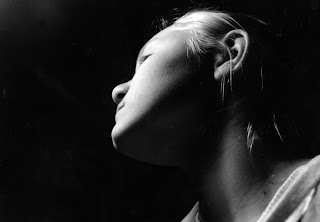
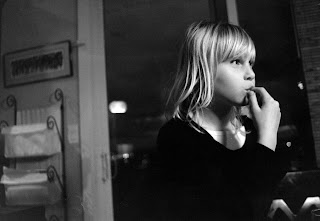
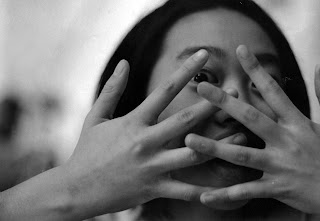
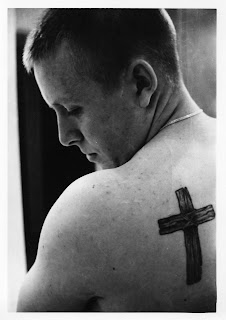
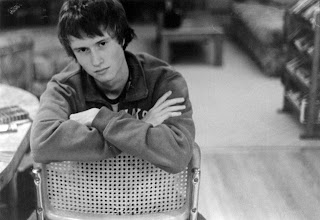
YOU AND THE MODEL
"When you start taking portraits of people, a realization occurs: Most of the people you are taking pictures of are reacting to YOU first, and the camera second. A 'model' who feels at ease with their photographer will feel encouraged to relax and act naturally as the photoshoot progresses. On the other hand, if the photographer seems unfriendly, distracted or indecisive about what they want, the model may (understandably) become tense in front of the camera. When this happens, the full potential of the photoshoot will be in jeopardy and the resulting images will likely reflect...discomfort." (from Photo Idea Index by Jim Krause)
BE MINDFUL OF THE FOLLOWING:
SHUTTER SPEED.
If you are photographing indoors (or in low light), you will most likely need to place your camera on a sturdy surface or tripod. Remember the sock filled with rice that we talked about in class? This 'beanbag' will be an excellent device to use now if your shutter speed is going to be below 1/60.
Shutter speeds explained (click here)
More shutter speeds (click here)
Avoid 'camera shake' (click here)
LIGHTING
Make sure that the light is BEHIND YOU, NOT THE SUBJECT. Do not make silhouettes for this project.
Lighting (click here)
OTHER SITES TO REMIND YOU:
Photography Tips (click here)
Photo.net (click here)
Here's a blog with some ideas for your portraits:
(CLICK HERE)
HOW TO TAKE BETTER PORTRAITS
As is required when taking any picture, there are three important things to consider when planning a picture:
1. What is the purpose/focus of the picture I intend taking?
2. How can I accentuate the purpose through composition?
3. How can I accentuate the purpose through lighting?
Purpose/Focus:
The purpose of a portrait is important to help you to establish the mood that you want to capture with this picture. When doing formal portraits varsity graduates, your mood is totally different than the mood you want for portraits of preschool kids, still enjoying their life. A wedding and/or christening portrait is totally different from a family Christmas gathering.
Some of the things you need to remember when trying to capture the mood are:
1. Get to know your model. Help him/her to be natural and relaxed.
2. Keep your model's hands busy. Most people don't know what to do with their hands.
3. Have the model tilt his/her head. It provides a more natural look.
4. Focus on the model's eyes. Eyes are the window to a person's soul and are essential in capturing the mood.
Composition:
Composition is the art of placing your subject in the photo. Consider the following tips when preparing your composition:
Tip #1: Fill the Frame
Clearly the second picture allows more detail where it is required, i.e. facial expression, eyes, etc. An important point from this example is also that you must orientate your picture properly, i.e. use vertical picture framing for portraits and horizontal for landscapes.
Tip #2: Rule of thirds
When splitting your picture in thirds in both the vertical and horizontal directions, the intersection of these lines give you the best points to place the focus of your picture. Placing long subjects on one of the lines is also better than placing them centrally. Also remember to have your model look into the picture (like the sample on the left), and not out of the picture.
Tip #3: Look for distractions and amputations
Distractions are items like trees growing from a persons head, items lying around that distract attention from your subject, etc. Amputations are unnatural exclusions of body parts from your picture, i.e. cutting off elbows or hands.
Tip #4: Use long lenses with big aperture
When taking portraits, use a lens with a focal distance in the region of 100mm, as this tends to flatter the facial features of your model. Using a big aperture (i.e. f4 or f5.6) in conjunction with a long lens ensures a relatively short depth-of-field, thereby causing your model to be in sharp focus, while blurring the foreground and background. This helps to hide distractions, thereby focusing attention on your subject.
Lighting:
There are two main options to be considered for lighting of portraits, i.e. natural lighting (e.g. sun) or artificial lighting (i.e. flash or tungsten). The principles remains the same, although studio lighting offers much better control and repeatability of the overall effect through the use of multiple lights for balance and highlighting.
Some important aspects to remember when shooting portraits in NATURAL LIGHT are:
1. NEVER let your model look into direct sunlight, it causes them to squint - Rather position them in the shade, or with their back to the sun. This offers the opportunity to get nice highlights in the model's hair.
2. Use reflectors to balance the lighting on the model's face.
3. Shoot on an overcast day, as the light is much more diffused and even.
4. Remember to measure lighting properly, to ensure that your camera doesn't adjust lighting for a dark or light background, thereby causing over/under exposure of the model.
When shooting with FLASH, take note of the following:
1. Prevent redeye by removing the flash from the axis of the subject-lens. The longer the lens, the more critical this becomes.
2. Use a diffuser or bounce your flash from a diffused, WHITE surface to get an even lighting.
3. Use reflectors to balance the lighting on the model's face.
4. When using multiple flash units, make sure they are balanced properly and measure the overall lighting using a flashmeter that support additive flash measurements.
Finally, remember to plan your lighting setup properly and test it beforehand to prevent you from fiddling while your model is waiting, making him/her uncomfortable.
Portraits in India (CLICK HERE).
Tom Carter (CLICK HERE).
Martin Schoeller (CLICK HERE).
-De fotograaf en het Model-Le photographe et le modèle-カメラマンおよびモデル-Фотограф и модель-摄影师和模型
הצלם וגם את המודל-फोटोग्राफर और मॉडल है-Ang mga litratista at ng mga modelo.-Các nhiếp ảnh và người mẫu.-Fotografen og modellen.-Valokuvaaja ja malli.-Fotograf i model.-A fotós és a modell.-Fotograf şi modelul-O fotógrafo e modelo.



